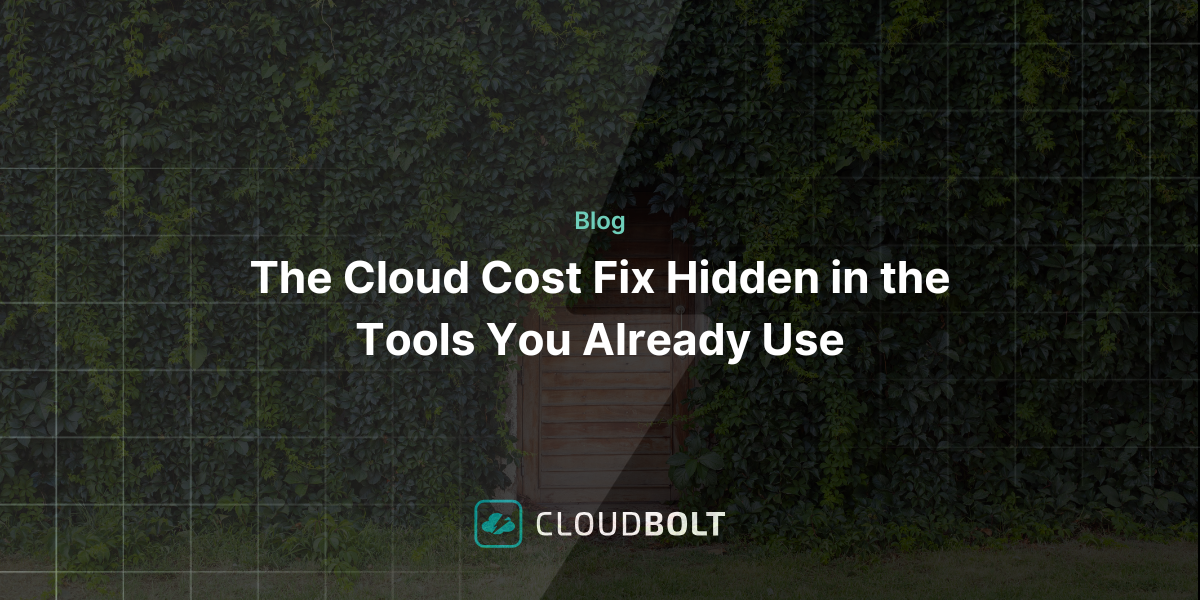5 Essentials of a Hybrid Cloud Management System
It has now become clear that hybrid is the future of the cloud. It makes sense for most enterprises. A blend of public cloud and on-premises IT infrastructure is a match made in heaven. It provides flexibility, agility, cost savings, performance, scalability, and security. It’s perfect for organizations that want to compete.
The problem with the hybrid cloud is its complexity. Yes, you need the right tools to even have a chance at success. Enterprises often try to figure out the best approach to governance, management, and security. They always find that no single tool or approach can solve all problems. The best way to go about it is to try to understand the essentials.
Here are the five things you need to understand before choosing a hybrid cloud management system:
1. Understand What You’re Managing
Start by understanding the profiles of the workloads that will be running on your private and public clouds. You’ll also need to understand the following about your applications:
- What they do
- How they interact with users
- How they manage data
- How they handle networking
- How they perform
- How they handle security
2. Understand Security and Governance
Security and governance are not optional. You owe it to users and senior management. You have to take a proactive approach toward security if you want to make it work. Mechanisms, such as Identity and Access Management (IAM), help with the assignment of identities to devices, people, servers, and data. This helps with access control (who can access what and when he or she can access it). Finally, encryption is mandatory for all information, either in-flight or at-rest.
3. Have a “Single Pane of Glass”
Every cloud in your hybrid system comes with its own resources and native APIs. They manage networking, security, provisioning, and storage differently. You may need to learn all the native interfaces for your public and private clouds. But this is not necessary. Building a single pane of glass helps abstract the complexity of managing a disjointed system. A hybrid cloud management system can provide a single interface to translate what something means in one cloud versus another. For example, you might want to monitor performance on Amazon Web Services and Google Cloud Platform. A single pane of glass will help you deal with the differences in these two platforms.
4. Understand the SLAs
Service Level Agreements (SLAs) are contracts with the end-user committing to meet a certain level of service. Failure to fulfill these commitments attracts a penalty. Your public cloud service providers have their SLAs. However, you can’t shift responsibility to them if you fail to meet your SLAs with your hybrid cloud users. At a high level, the contents of your SLA should also appear in the management layer. You see, it’s not just about providing a baseline of good performance to users. It’s more about providing performance that meets predetermined expectations.
SLAs are not legally binding, but they help define business and user expectations. Use these to define service expectations for the hybrid cloud management system.
5. Understand the Tools
You might need up to a dozen tools to manage your hybrid cloud. The tools cover areas, such as resource management, API management, cloud management systems, DevOps management, and network management, among others.
To pick the right tools, you need to understand the essentials we’ve defined above as the requirements. Then, you need to figure out what the solutions are.
Learn more about how CloudBolt can help you reach your cloud automation goals. Try a free 25 VM license today.
Related Blogs

How I Rethought Cloud Budgeting—And What Finance Leaders Need to Know
If you’re a finance leader trying to bring more structure and strategy to cloud budgeting, you’re not alone. While most…

